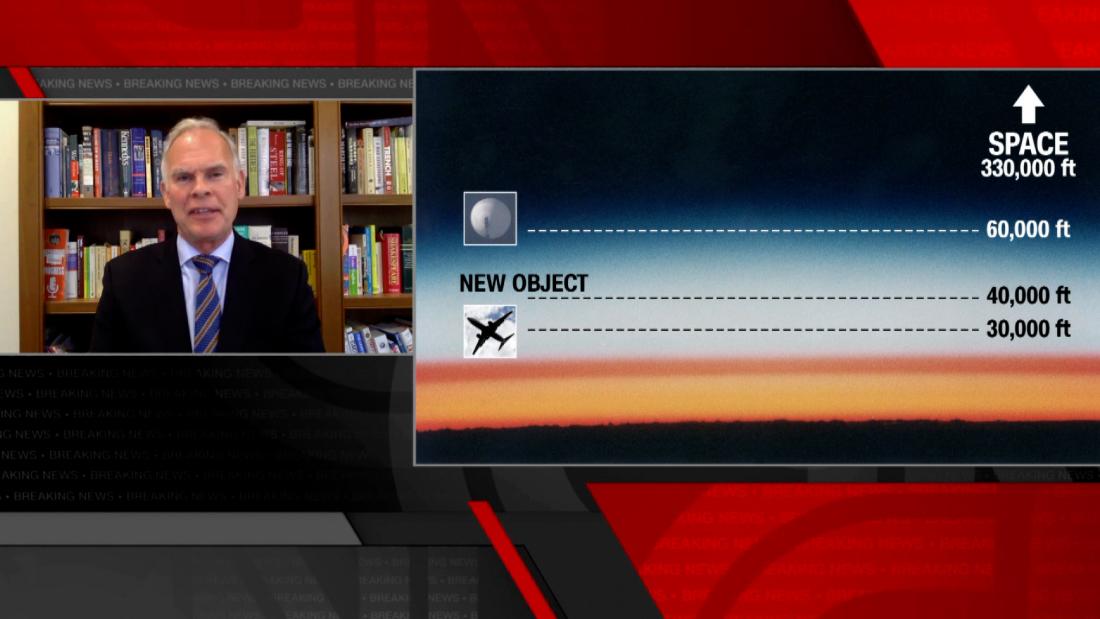NYC Transit Safety Endangered by Reforms, Reduced Enforcement: Paper
Rising crime on the New York City subway system is a “grim” object lesson in the combined impact of reduced policing, sentencing and bail reforms, and continued low ridership since the pandemic, argues a senior fellow at the Manhattan Institute.

The justice reform movement, particularly measures to eliminate cash bail, has put the safety of the New York City transit system at risk, argues Nicole Gelinas, a senior fellow at the Manhattan Institute for Policy Research.
In an issue brief released Tuesday, Gelinas said the increase in crime on the city’s subway system—one of the world’s largest—was a “grim” example of the consequences of reform measures that reduced the ability of police to proactively deter lawbreakers.
The fact that ridership levels have not yet recovered since the pandemic has added to concerns about safety, Gelinas added.
Due to state-level bail reform for suspects, short prison sentences, and a general trend away from incarceration, suspects whom the NYPD (New York Police Department) arrests can end up quickly back on the streets and in the transit system, Gelinas wrote.
“Over the five arrests made for six of the 10 subway murders since March 2020, four of the suspects, allegedly responsible for five murders among them, had had previous run-ins with the law for alleged or convicted violent offenses.”
Gelinas noted that although subway ridership plummeted to as low as 9 percent in the spring of 2020 as a result of the pandemic, the per-capita risk of becoming a victim of a violent felony tripled.
In comparison, subway crime had dramatically declined in the three decades prior to the pandemic, largely because of high ridership and “consistent” civil and criminal law enforcement.
“In a grim way, the past 16 months have allowed a natural and imperfect experiment in subway safety, by drastically altering the variables of ridership and enforcement,” Gelinas wrote.
Gelinas is one of a number of critics who have alleged that the acceleration of justice reforms, ranging from reduced sentencing and elimination of cash bail, spearheaded by prosecutors and legislative reformers around the country, has put public safety at risk.
Skeptics, including many criminologists, counter that a closer study of crime statistics show little correlation between the reforms and the recent surge in violent criminal behavior.
But the criticism gained traction, as public opinion has shifted towards providing more support to police. Observers say that was among the key factors propelling former NYPD captain Eric Adams to victory in New York’s Democratic primary race for mayor.
Adams, who made public safety a key plank in his platform, is expected to emerge as the city’s next mayor following the general election next fall.
Gelinas cited an April poll taken by New York’s Metropolitan Transit Authority, showing that just 26 percent of subway riders feel safe from crime and harassment, compared to 65 percent in the last quarter of 2019.
Gelinas said that the next mayoral administration should increase police presence in the city’s transit system, and called on the state legislature to rethink some of the reforms enacted in the past two years.
“With ridership indefinitely below pre-COVID levels, the next mayoral administration will need to do more to provide a consistent, predictable deterrent to potential violent criminals in the subways,” Gelinas wrote.
“The state legislature, too, must further reform the state’s bail system to ensure that the alleged violent criminals whom the NYPD do arrest do not return quickly to the transit system.”
Subway crime transfixed the city in the 1980s and 1990s. In 1990, 26 people were murdered, prompting then-New York City Transit Police Chief William Bratton to implement a subway policing policy that interdicted people committing nonviolent misdemeanors, such as entering the subway without paying.
Bratton’s success―felonies fell by 15 percent―helped propel him into his appointment as New York police commissioner.
The legacy of his policies continued to be visible long afterwards. NYPD routinely confiscated handguns and knives from people committing misdemeanors on the subways. And the rise in subway ridership appeared to confirm Bratton’s promise of a “peace dividend.”
Prior to the pandemic, there were relatively few homicides on the subway. More than two-thirds of the felony charges filed in 2019 were for non-violent offenses.
But the picture changed in 2020 following the outbreak of COVID-19 and a city-wide lockdown.
Although overall felonies decreased by 30 percent, in tandem with the sharp drop in ridership, violent crime rose — both per capita and in raw numbers, from 917 to 928.
In the pandemic’s early months, violent felonies per million rides jumped to 5.59, up from the 0.48-per-million-ride average prior to the pandemic.
“As of early 2021, the risk had lessened considerably — but at an average of 1.5 violent felonies per million rides, it was still 3.1 times the pre-pandemic average and shows no signs of falling quickly,” Gelinas wrote.
As the city begins to emerge from the pandemic, the transit system is a long way from recapturing its previous level of ridership. That could be an ominous danger signal, according to Gelinas.
“Because high ridership itself offers some protection against crime, when ridership falls, police enforcement must go up, not down, to maintain public safety,” she wrote.
“Thus, falling ridership coupled with falling enforcement has equaled higher crime.”
The solution, she argued, lies in increasing law enforcement to levels that surpass the increase to date in ridership, as well as bolstering police presence in subway stations to deter fare evasion.
Gelinas also recommends the new mayor work with district attorneys to help chronic fare evaders with mental health issues.
“Such measures, by creating interactions that decrease nonviolent antisocial behavior as well as interactions that result in an arrest for carrying an illegal gun or knife,” Gelinas writes, “improve the quality of life and level of public safety on the subways.”
The full paper can be accessed here.
This summary was prepared by TCR Justice Reporting intern Eva Herscowitz.

 Landwebs
Landwebs 



















